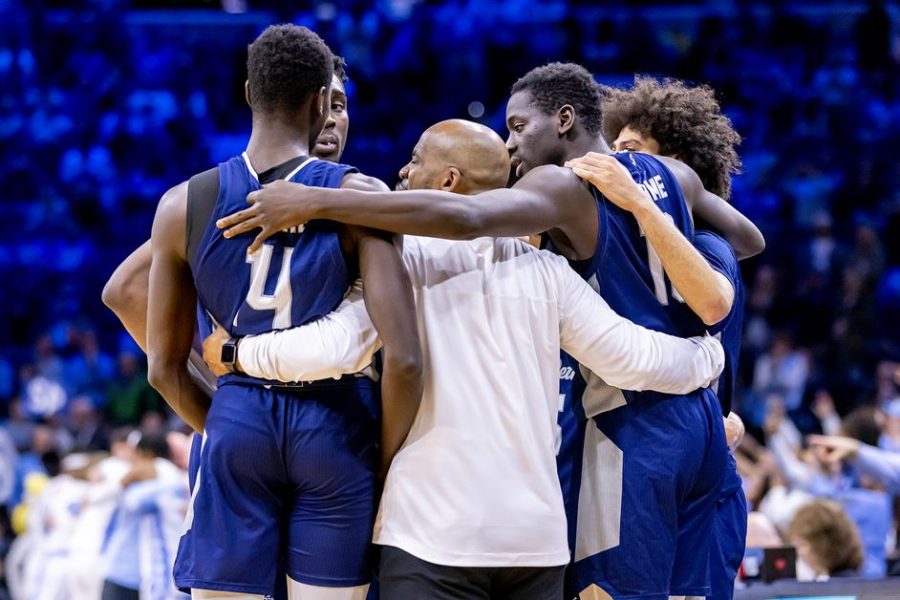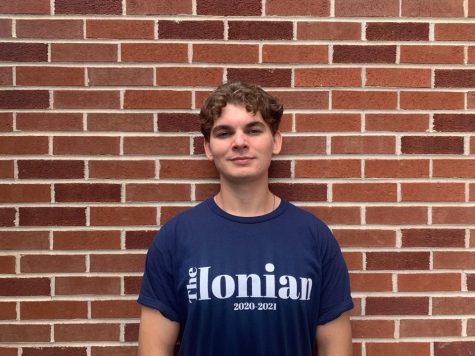Saint Peter’s run brings new attention to MAAC
March 31, 2022
Saint Peter’s University’s unforeseen run into the Elite Eight of the NCAA Tournament has shined a new spotlight on basketball in the Metro Atlantic Athletic Conference.
The Peacocks made history by becoming the first 15-seed ever to reach an Elite Eight game since the tournament was inaugurated in 1939. They also became the first MAAC team to ever make it past the Round of 32 in the NCAA Tournament.
Saint Peter’s cinderella run this season will cement them as one of the greatest underdog stories in college basketball history, knocking off the two-seed powerhouse Kentucky, a rising program in Murray State and perennial Big Ten threat Purdue over the course of the tourney.
This season has brought an influx of attention to Saint Peter’s program for obvious reasons, but it has given the country a glimpse of a mid-major conference in the MAAC that seldomly gains coverage and often goes unnoticed.
The MAAC now has a chance to assert themselves as a mid-major force to be reckoned with as it attempts to reach the statuses of conferences like the Atlantic-10, the Mountain West, and the Sun Belt.
This ascent of the conference may rely heavily on Iona, a perennial MAAC champion, to build on the work that Saint Peter’s has done. By the same token, more eyes on the MAAC could serve to benefit Iona the most with the recent hire of nationally esteemed head coach Rick Pitino.
There are other programs in the conference too that could rise to the occasion of an increase in attention like Monmouth and Siena, who finished at or near the top of the conference in the past two seasons. Hofstra, a team who ranked 41st in the nation in true-shooting percentage, is also deserving of a mention.
Players like Iona’s rising junior Nelly Junior Joseph, Monmouth’s Greg Papas and Walker Miller and Manhattan’s Joe Perez are all standout names who are also capable of propelling the MAAC into further relevance.
The rumored hiring of Peacock head coach Shaheen Holloway to Seton Hall seems to further suggest that bigger programs are starting to view the MAAC in a different light. This could indicate that more potential talent could be coming to the Northeast as well.




